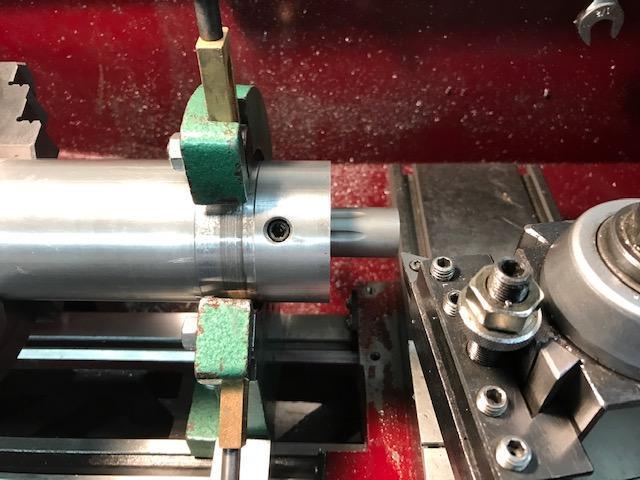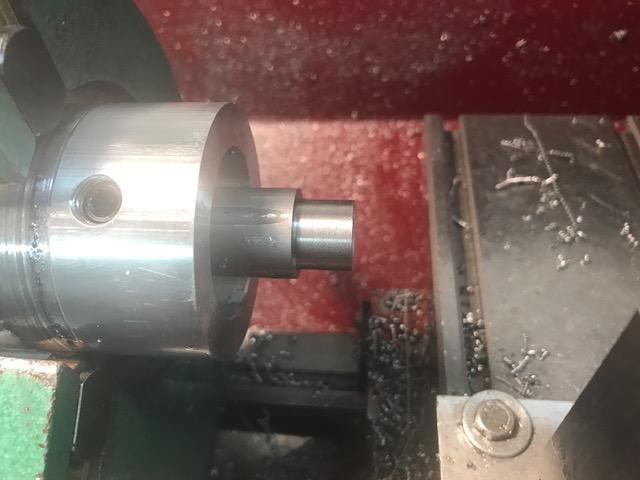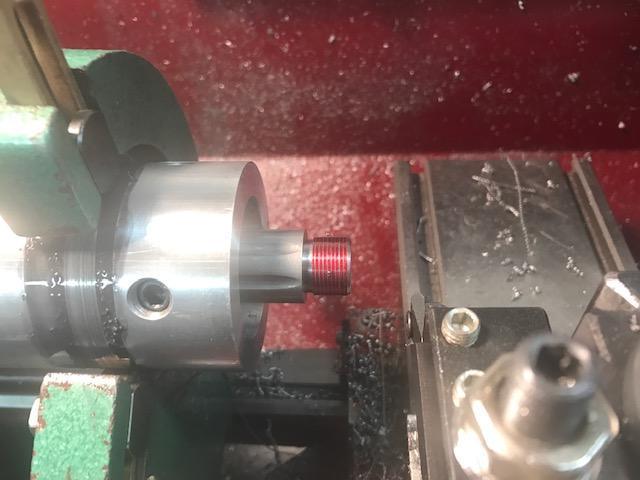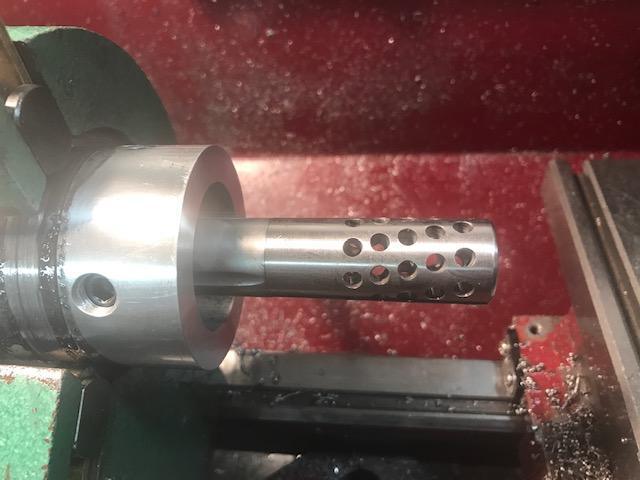Danny1788
Well-Known Member
Was this factory ammo? handloads? was the stock bedded? You said it might have been the scope and then replaced it but never tried it again.... Maybe it was the scope maybe it wasn't. If it was factory ammo what bullet? did you have enough twist rate for the bullet or just marginal stability? there are a lot of things that come into play and I'm just guessing not knowing all that you have used or tried.
My only advice for your chambering setup is move as close to the head stock as you can with the chamber end of the barrel. When I first started chambering my own barrels I started with twin spiders like you have setup. What I found out for myself was I was bending & torqueing the barrel into place with those jacking bolts. The setup was not stress free and gave me issues in the beginning. Funny thing was all the barrels I chambered with that setup shot really well, I just learned and evolved from there. I don't dial in the muzzle end anymore. I only worry about the chamber end of the barrel and having everything lined up in perfect alignment with the bore where the reamer is going to cut. I want the reamer & throat to be aligned with the bore and don't worry about what the muzzle end of the barrel is doing. Then I time the muzzle to the 12 o'clock position.
My only advice for your chambering setup is move as close to the head stock as you can with the chamber end of the barrel. When I first started chambering my own barrels I started with twin spiders like you have setup. What I found out for myself was I was bending & torqueing the barrel into place with those jacking bolts. The setup was not stress free and gave me issues in the beginning. Funny thing was all the barrels I chambered with that setup shot really well, I just learned and evolved from there. I don't dial in the muzzle end anymore. I only worry about the chamber end of the barrel and having everything lined up in perfect alignment with the bore where the reamer is going to cut. I want the reamer & throat to be aligned with the bore and don't worry about what the muzzle end of the barrel is doing. Then I time the muzzle to the 12 o'clock position.




